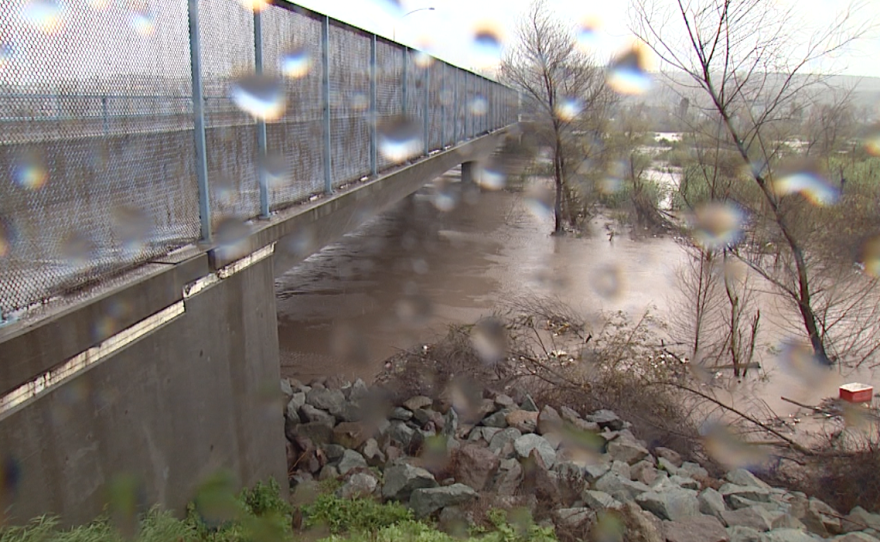A U.S. federal investigation by the International Boundary and Water Commission found that Tijuana's aging sewer system and heavy rains pushed a steady flow of sewage across the international border and into U.S. coastal waters.
The report confirms a single sewer line repair in Tijuana led to a 28 million gallon spill in early February but the investigation also found there were many other sewer breakdowns in February and March.
RELATED: Official Report Finds That Damaged Sewer Line Primary Cause In Cross-Border Sewage Spill
A lack of cross-border communication didn't help the situation. Mexican officials were silent when federal officials on the U.S. side of the border noticed the smell of sewage and asked if there was a problem.
"Mexico does acknowledge that they should've had better communication with us. When we finally dug deeper and found out that there were repairs going on and there was this bypass, that's when we made the initial report on Feb. 23," said International Boundary and Water Commission spokeswoman Lori Kuczmanski.
RELATED: Federal US And Mexico Officials Agree To Investigate Massive Cross-Border Sewage Spill
Investigators found the regular downpours put stress on an already aging sewer system in Mexico.
Tijuana's sewage plant officials say they couldn't account for 250 million gallons of sewage flow it normally sees in February and March. That may have flowed across the border.
"We need to upgrade the sewage system in Tijuana. There are a lot of things that are breaking down when it rains because they have these old pipes. That's the first thing. Number two, that's why we need a backup system in the U.S. to catch these renegade flows," said Imperial Beach Mayor Serge Dedina.
RELATED: Federal Response To Cross-Border Sewage Spill Questioned
Dedina has a long history of speaking out about cross-border sewage flows and its effect on the ocean.
Both governments are promising better communication so that sewage spills can be better addressed in the future.







